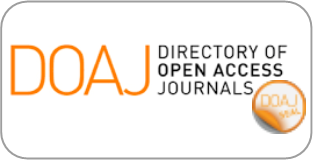Questioning the use of the Mandament van Spolie in Ngqukumba v Minister of Safety and Security 2014 5 SA 112 (CC)
DOI:
https://doi.org/10.4314/pelj.v18i3.07Keywords:
Property, remedies, constitutional developmentAbstract
This cursory note reflects on the outcome of the Constitutional Court judgment of Ngqukumba v Minister of Safety and Security. The decision presented the Court with the opportunity to consider what happens to existing common law remedies in light of legislation that has been enacted to regulate a specific area of the law. The Constitutional Court held that the Traffic Act did not place an absolute prohibition on the possession of tampered vehicles and therefore the Court granted the spoliation remedy. The Court’s conclusion that the mandament van spolie is in principle available in these instances, creates the impression that the common law remedy would be appropriate even though the Criminal Procedure Act (CPA) contains a remedy to claim the property back. This note argues that such a conclusion is problematic. If the CPA has a remedy to restore possession, that option should first be exhausted. In this regard, it is necessary to regulate the choice of remedy if the common law and the legislation provide a remedy to vindicate the violations of rights. Furthermore, in instances where legislation has been enacted to regulate a specific area of the law (or to give effect to a constitutional provision) the mandament van spolie should in principle not be available. Finally, this note concludes that in instances where the Traffic Act prohibits possession of certain vehicles, it should not be possible to use the mandament van spolie to by-pass the legislation.
Downloads
Published
Issue
Section
License
Copyright (c) 2015 ZT Boggenpoel

This work is licensed under a Creative Commons Attribution 4.0 International License.


















.png)